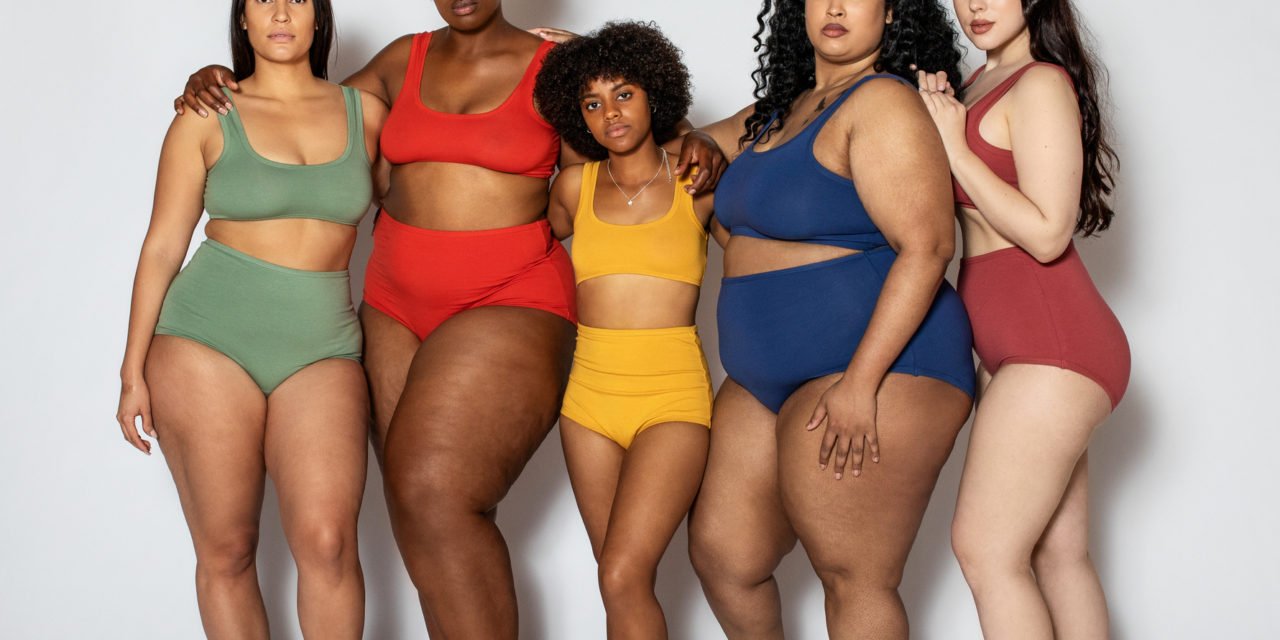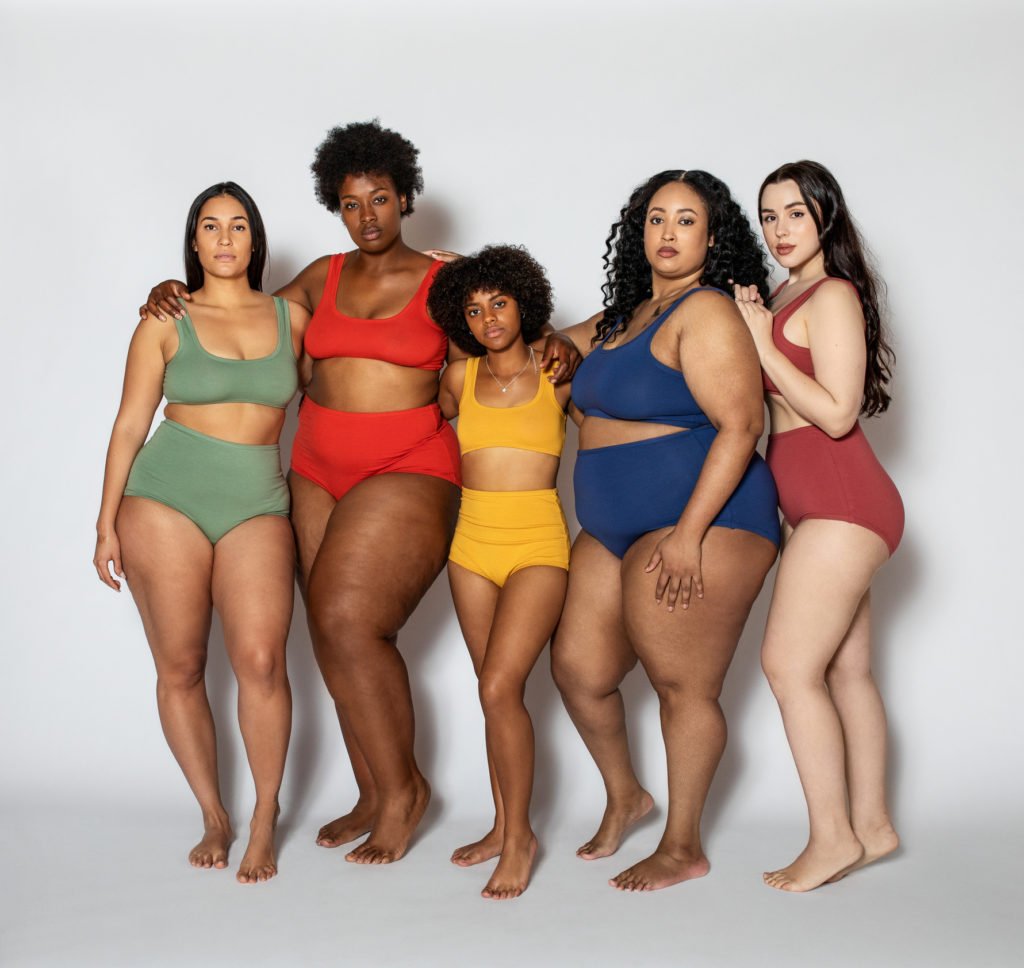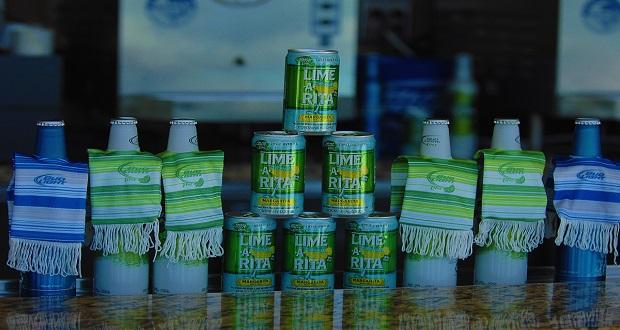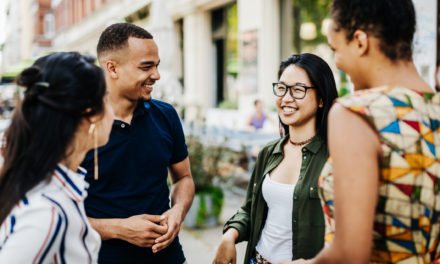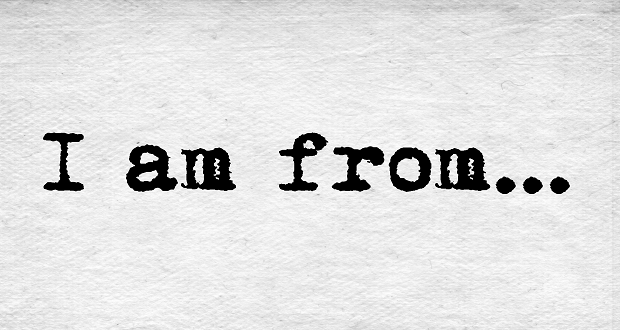Content warning – this post contains discussion of body image and weight loss.
I still remember the first time I went on a “diet.” I was about 12 or 13, and one summer break, my friends and I sat sprawled out on one of their bedroom floors; the burgundy carpet littered with copies of YM Magazine, Teen Vogue, Teen, and Cosmo Girl! The more that we flipped through the glossy articles, the more I noticed that none of the models staring back from the colorful pages looked like me. I was already noticeably different – the only one out of my friends with dark, chestnut skin, almond-shaped eyes, full lips, and kinky, coily hair that threatened to spill out of my slicked-back bun at any moment. But it wasn’t just my hair or skin that didn’t look like the pictures in the magazines – as I looked through each of the pages, I struggled to find bodies that looked like mine.
In that room, my friends and I made the pact that we were going to “get skinny” before the new school year. We surmised that if we looked more like the thinner, more slender girls in the magazines, we could gain the attention of the more popular crowd (and particularly, our crushes). Together, we decided that this new year would bring the “new and improved” versions of ourselves.
There was no discussion of eating more healthy, flavorful foods, spending more time playing outside in the neighborhood, or the beauty and uniqueness of our own bodies, which were still growing and developing. “Body positivity” wasn’t yet a term within our pre-teen vocabularies. We did not think to celebrate the beauty in our differences. As young women, this was the first of many conversations we would navigate about our bodies – at school, with our family and friends, and within our larger society.
One dimension of diversity that is often left out of the diversity and inclusion conversation is body size. Like other aspects of diversity, body size, composition, type and shape are all characteristics that make us unique. However, in much of our society, biases and stigmas influence what bodies are considered acceptable or beautiful. Society portrays having the “perfect” body as the prerequisite to attracting a romantic partner, popularity, and success in work and life.
One dimension of diversity that is often left out of the D&I conversation is body size. Like other aspects of diversity, body size, composition, type and shape are all characteristics that make us unique. Share on XFor women, the ideal body type is often depicted as slim, slender and fair-skinned, with curves in all the “right” places. Men are expected to be fit, muscular and lean. These narrow ideals are often shaped by Eurocentric beauty standards, which fail to consider the diversity of other cultures, ethnicities or backgrounds. These standards also largely ignore diversity in ability and gender identity, portraying non-disabled, cisgender people as the paragon for beauty.
While discrimination based on race, ethnicity, gender, sex, disability and age are primarily protected by federal legislation in the United States, there are no current protections for body size or weight. Research shows that in the workplace, those individuals with higher body mass indexes (BMI) are more subject to bias, stigma and negative stereotypes. These stereotypes may impact hiring, training and development opportunities, and even performance evaluations. Both conscious and unconscious biases play a role in these stereotypes, and women are often more likely to face discrimination in the workplace based on body weight and size than men.
While discrimination based on race, ethnicity, gender, sex, disability and age are primarily protected by federal legislation in the U.S., there are no current protections for body size or weight. Share on XDespite these adverse outcomes, body size is rarely present in diversity, equity and inclusion discussions. Negative stereotypes and perceptions may be to blame, as weight and size are often thought to be mainly under individuals’ control. This perspective ignores the role that systemic inequalities – such as food insecurity, disparities and discrimination in medical care, and access to public health resources – may play in individual and community health outcomes.
However, the dialogue is starting. Just this year, DiversityInc included the continuing discussion on body positivity in its The 21 Issues that will Define 2021. As the representation of different body types has increased on social media and within the mainstream media, discussions about weight, size and body-type inclusivity have increased. There is now a much greater focus on holding the media, designers and retailers more accountable for highlighting a broader representation of the diversity of body shapes, sizes and types. Movements such as Health At Every Size (HAES) have encouraged a more inclusive view of health, promoting the respect of the diversity of all body types.
There is now a much greater focus on holding the media, designers and retailers more accountable for highlighting a broader representation of the diversity of body shapes, sizes and types. Share on XAs diversity, equity and inclusion continues to evolve, it must also grow to include dialogue, respect and celebration of all of the characteristics that make us unique – body type included. When we exclude body diversity from our conversations on DEI, we run the risk of excluding entire segments of our communities and unintentionally signaling the superiority of certain body sizes and shapes over others.
As DEI evolves, it must also grow to include dialogue, respect and celebration of all of the characteristics that make us unique – body type included. Share on XIf I could go back to that summer many years ago with my friends, I would have told myself (and my friends!) to be proud of the bodies that we were in and celebrate the uniqueness and beauty of our many different shapes, colors and sizes. It wouldn’t be until years later that I reflected on this conversation and its continued impact on me. Celebrating body inclusivity and positivity may take some “unlearning” of biases we’ve internalized, but it is an important part of acknowledging the beauty in the diversity that resides deep in all of us.
If I could go back to that summer many years ago with my friends, I would tell myself to be proud of the bodies that we were in and celebrate the uniqueness and beauty of our many different shapes, colors and sizes. Share on X
